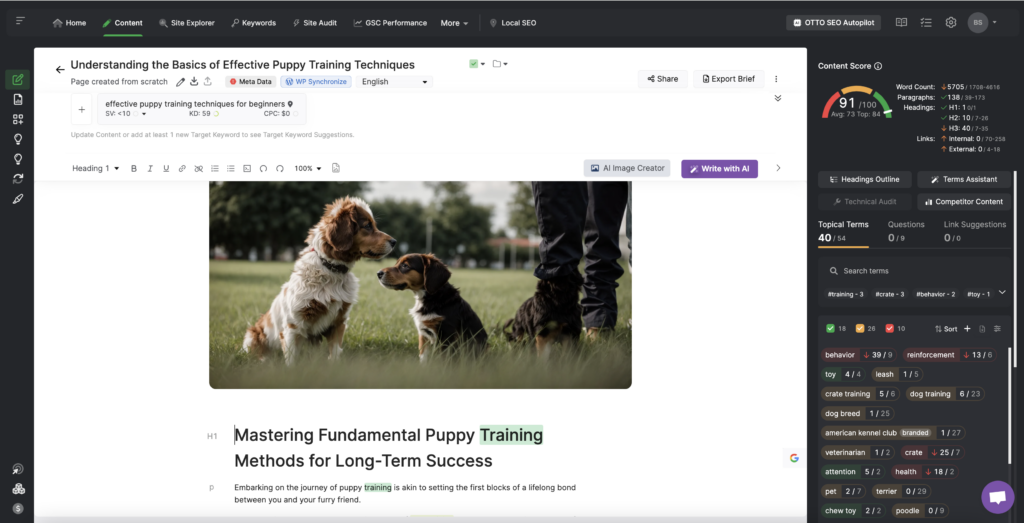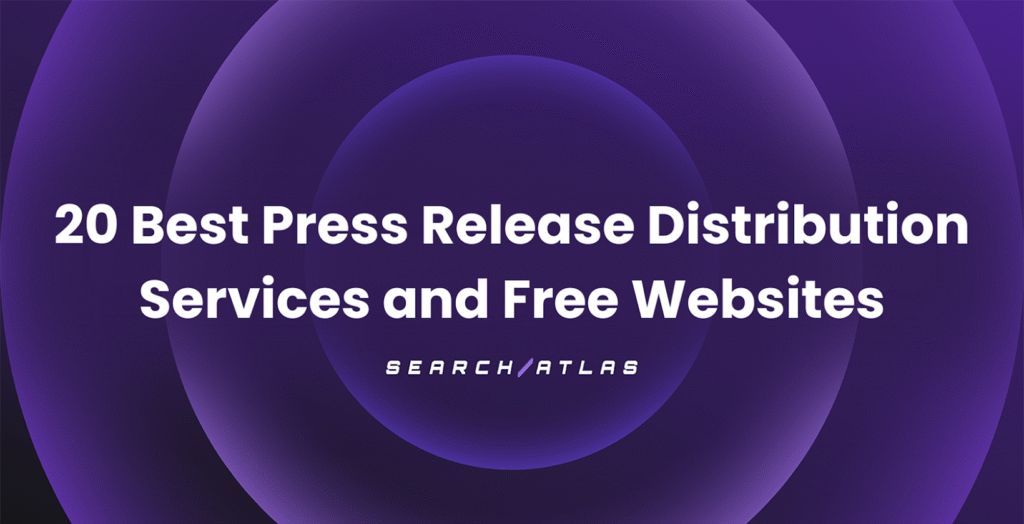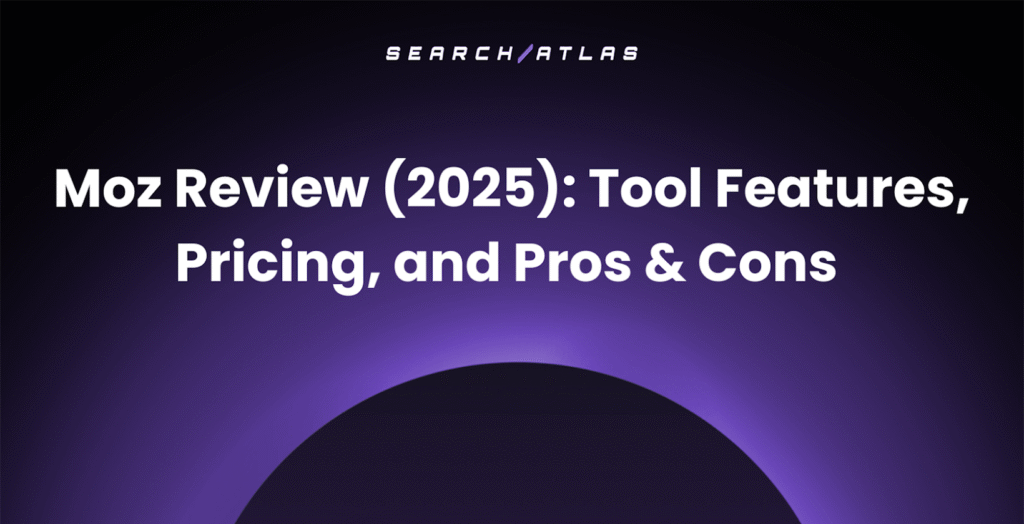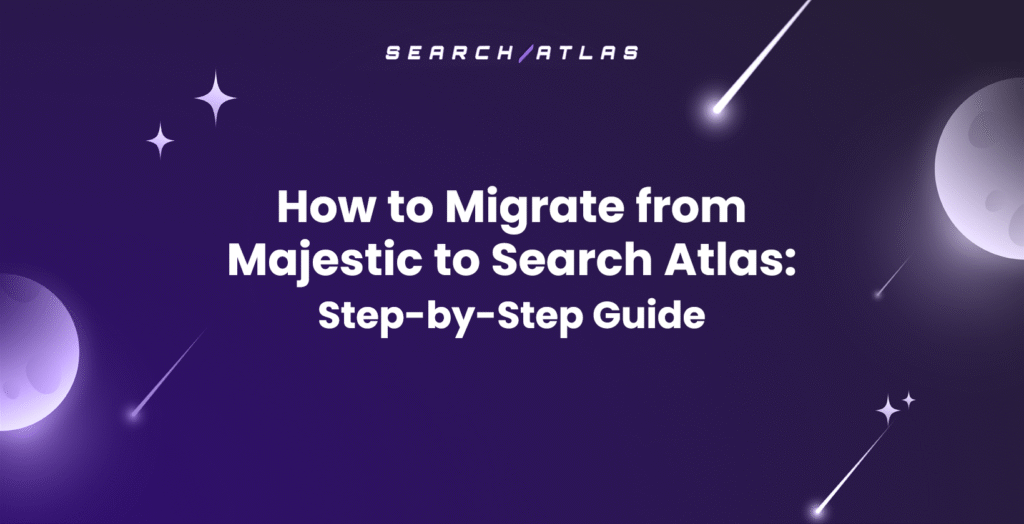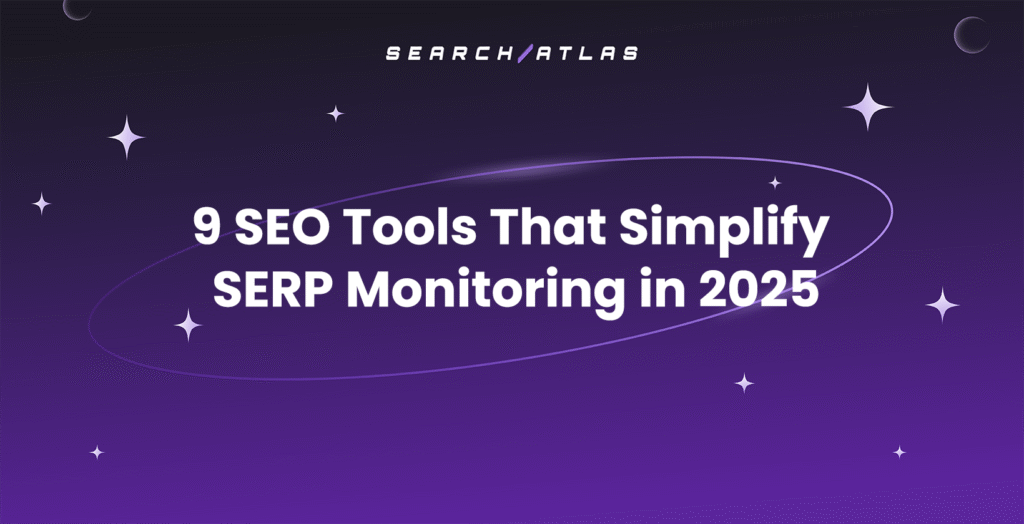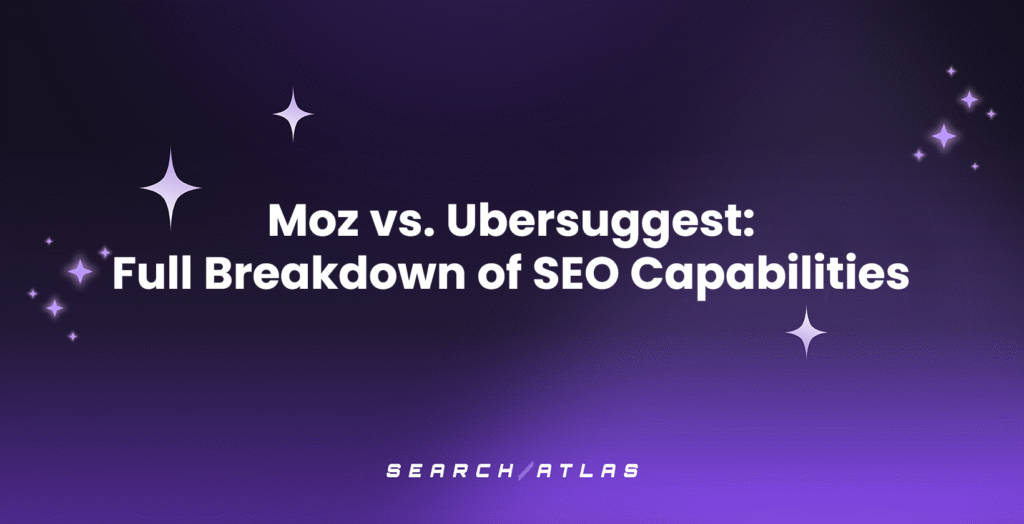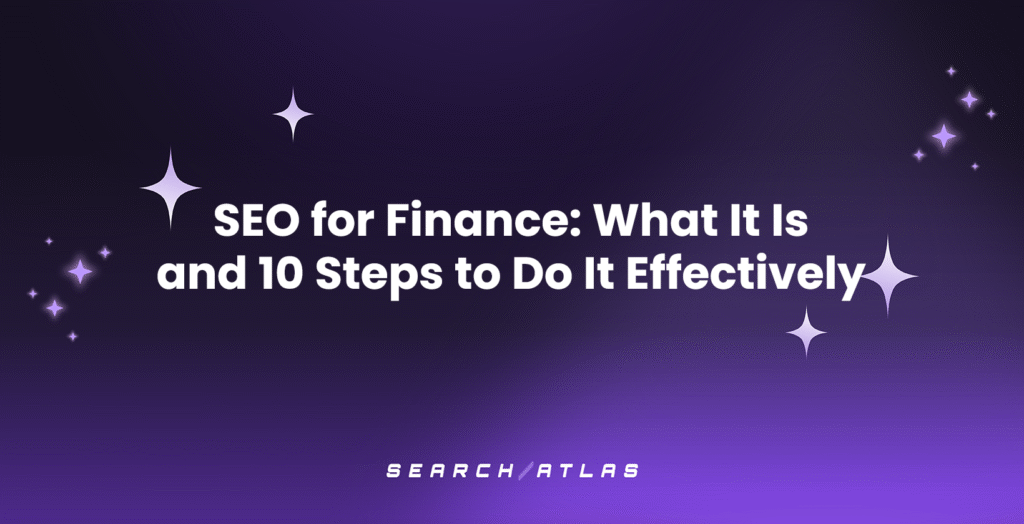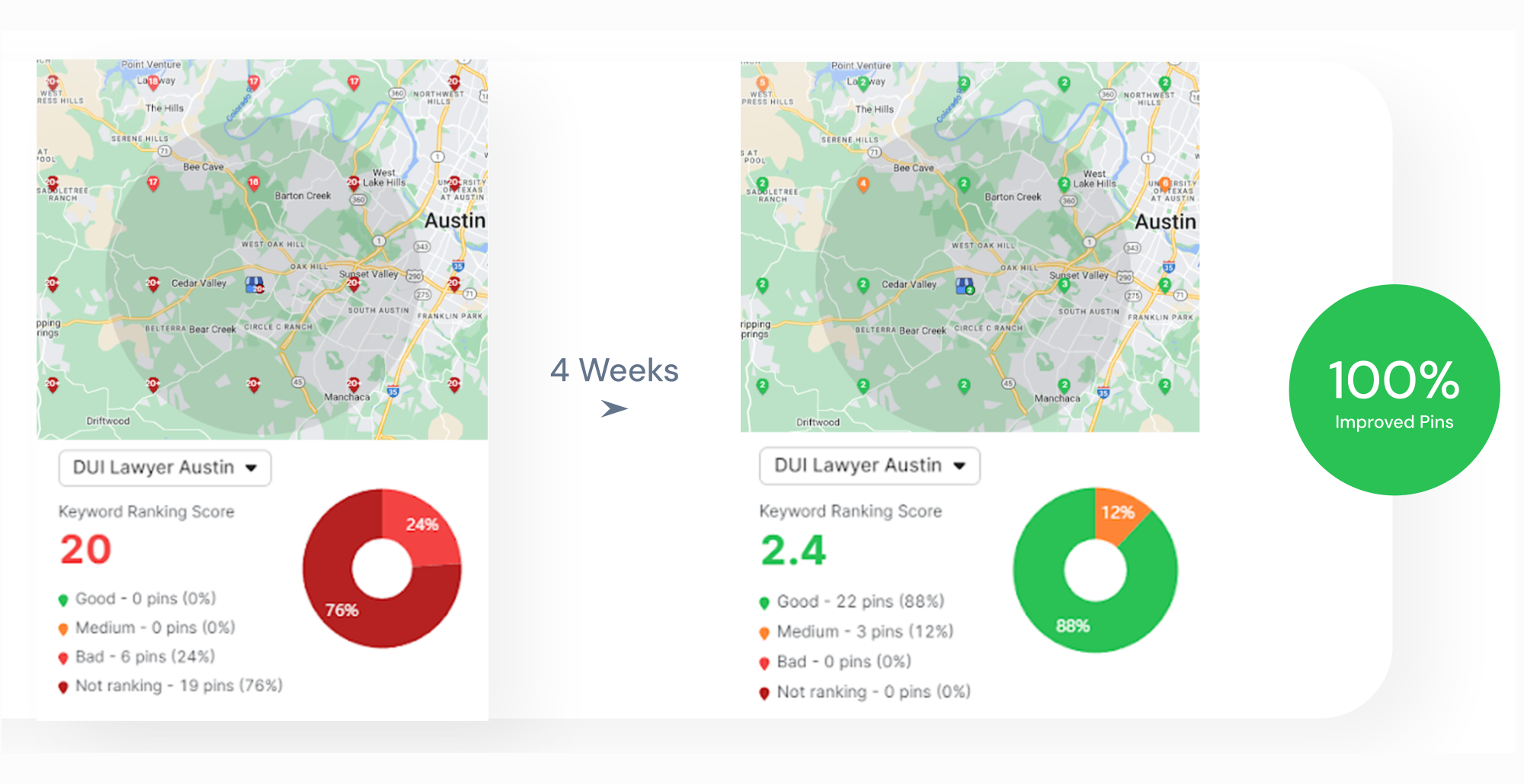Smart bidding, along with other AI tools, is changing the way ads are planned and bought by automating most parts of the process.
But however helpful smart bidding is, it is not always the best solution. That’s why it’s important for advertisers to learn how it works to make sure it’s the right fit for their goals.
We will explain smart bidding in detail, along with its pros and cons, and the importance of AI PPC tools. 🤖
Let’s find the best setup for your ad campaigns.
What is Smart Bidding?
Smart Bidding is a feature in Google Ads that uses machine learning to automatically set the right bid for your ads in each auction.
Instead of manually adjusting bids, Smart Bidding analyzes signals like user location, device, time of day, and more to predict the likelihood of a conversion. Based on these predictions, it adjusts your bid to maximize your chances of getting conversions, whether that’s clicks, purchases, or leads.

Is Smart Bidding the Same as Automated Bidding?
Automated bidding is an umbrella term that covers any bidding strategy that adjusts your bids automatically based on certain factors, like device or location.
Smart Bidding, on the other hand, is a specific type of automated bidding that uses machine learning to make real-time predictions about the likelihood of a conversion. It looks at a wider range of signals, like user behavior and intent, to optimize bids more precisely for better results.
So, Smart Bidding is a more advanced subtype of automated bidding designed to drive smarter, data-driven decisions.
When to Use Manual vs. Smart Bidding
Deciding between manual and Smart Bidding depends on your specific campaign goals, available data, and the level of control you need.
When You Should Use Manual Bidding
Many marketers don’t trust AI to bid for them, but there are also situations when manual bidding is objectively more suitable. Here are the most common ones:
- You Know Your Campaign Well: If you know top keywords, times, or locations, manual bidding lets you adjust precisely for full control in niche campaigns.
- You Have Specific Goals: Manual bidding helps hit exact goals, like staying affordable or securing top positions for key terms.
- You Want Full Control: Prefer real-time tweaks? Manual bidding lets you fine-tune bids for each keyword or ad group as needed.
- Data Is Limited: For new or low-volume campaigns, manual bidding works when there’s not enough data for Smart Bidding to perform well.
When You Should Use Smart Bidding
Now let’s look at other situations, in which Smart Bidding can be the more profitable choice:
- You Have Enough Historical Data: Smart Bidding leverages historical data to make accurate predictions and adjust bids in real-time, optimizing your campaign automatically for better results.
- You Want to Maximize Conversions: Smart Bidding, like Maximize Conversions, adjusts bids based on real-time signals, increasing conversions within your budget, ideal for volume-driven goals.
- You’re Focused on ROI: Smart Bidding’s Target ROAS adjusts bids for higher-value conversions, optimizing for ROI and helping you achieve revenue goals efficiently.
- You Want to Save Time: Smart Bidding saves time by automating bid adjustments based on factors like keyword intent and location, ensuring optimization without constant monitoring.
- You’re Testing or Scaling: Smart Bidding automatically adjusts bids for fluctuating campaigns or those scaling, optimizing spend efficiently based on the latest data.
The Pros and Cons of Smart Bidding
Smart Bidding is a powerful tool that can streamline your Google Ads campaigns and help drive better results. However, like any strategy, it comes with its own set of advantages and challenges.
3 Pros of Smart Bidding
Here are key advantages of using Smart Bidding and how it can elevate your Google Ads campaigns.
1. Saves time and effort
One of the primary benefits of Smart Bidding is that it saves you valuable time. ⌚
By automating bid adjustments, it removes the need for you to constantly monitor and tweak your Google Ads campaigns. This allows you to focus on other important aspects of your marketing strategy without worrying about manually adjusting bids for every auction.
2. Data-driven decisions
Smart Bidding uses machine learning to analyze a broad range of data, including user behavior, location, time of day, and more, to make more informed bidding decisions.
This data-driven approach leads to optimized bids that are better aligned with your campaign goals. Of course, you need enough data for this.
3. Flexible across campaign types
Smart Bidding is versatile and can be used across a variety of campaign types. Whether you’re aiming for conversions, traffic, or revenue, Smart Bidding adjusts to the specific objectives of your campaigns. This can give you a more tailored solution.
4 Cons of Smart Bidding
Now let’s take a closer look at some of the potential downsides of Smart Bidding.
1. Lack of direct control
One of the main concerns with Smart Bidding is that it takes control away from the advertiser.
The system makes decisions on bid adjustments automatically based on machine learning, which can sometimes result in outcomes that don’t align with your specific goals or preferences. This lack of direct oversight can be unsettling for some users who prefer more hands-on control.
2. Relies on historical data
Smart Bidding works best when there is enough historical data to inform the machine learning model. In campaigns with little to no data, such as new accounts or campaigns in their early stages, the system may struggle to optimize bids effectively.
This can make Smart Bidding less effective if you’re working with a smaller dataset or launching new campaigns.
3. Learning phase performance variations
When first implementing Smart Bidding, there is a learning phase where the system adjusts its bid strategies.
During this time, you may see fluctuations in performance as the system gathers data and fine-tunes its approach. These variations can be concerning if you need immediate, consistent results.
4. Potential for budget overspending
Although Smart Bidding is designed to optimize bids, there is still a risk of overspending on your budget if the system is not properly monitored.
If you don’t carefully set your goals or keep track of spending, the automated system might place bids that exhaust your budget quickly, particularly if the campaign is not aligned with the desired outcomes.
4 Types of Smart Bidding Strategies
Now that you have the pros and cons, you can tell if your campaign is a Smart Bidding candidate.
If so, check out four types of Smart Bidding based on what you want to target.
1. Target CPA (Cost Per Acquisition)
Target CPA helps you get the most conversions possible while keeping your cost per acquisition (CPA) within a set target. 🎯
Google Ads automatically adjusts bids to achieve your desired CPA, making it ideal for campaigns focused on generating leads or sales. The strategy uses machine learning to predict which auctions are more likely to convert and adjusts bids accordingly to meet your CPA target.
Downside: One of the main challenges with Target CPA is its reliance on historical conversion data. Without enough data, Smart Bidding may struggle to make accurate predictions, leading to fluctuating results.
Also, if your target CPA is set too low, it may limit the number of conversions, which can impact your campaign reach.
This strategy works best when your conversions have a consistent value; otherwise, it may not fully optimize performance.
2. Target ROAS (Return on Ad Spend)
Target ROAS is designed to maximize your return on ad spend. 💲
It adjusts bids to ensure your ads achieve a specific return based on the value of your conversions. This strategy is particularly useful for businesses that want to focus on revenue rather than the number of conversions.
It works best for Google Ads for e-commerce, as it helps you prioritize high-value conversions, optimizing for products with the highest profit margins.
Downside: Target ROAS requires accurate conversion value tracking for optimal performance. If the conversion values are incorrectly set or not tracked properly, Smart Bidding may make poor bid decisions.
The next issue is that this strategy tends to struggle in the early stages of a campaign when there is little data to inform the bidding process. And finally, if your target ROAS is set too high, you might get fewer conversions.
3. Maximize Conversions
Maximize Conversions automatically adjusts your bids to get the highest number of conversions within your budget. 🔝
This strategy is useful when your goal is to drive volume, particularly if you have a flexible budget and aren’t focused on controlling the cost per conversion. It works by prioritizing auctions that are more likely to result in a conversion, ensuring you get the most value from your budget.
Downside: While Maximize Conversions is great for driving a high volume of conversions, it doesn’t consider the cost per conversion.
If your budget is tight or you need to maintain a specific cost per conversion, this strategy may lead to overspending on lower-quality conversions. It may chase conversions without thinking about their long-term value, leading to lower overall returns.
4. Maximize Conversion Value
Maximize Conversion Value helps you get the most revenue from your budget by focusing on higher-value conversions. 🎩
Unlike Maximize Conversions, which aims for the most conversions possible, this strategy prioritizes quality over quantity.
It’s especially useful for businesses with products at different price points, like e-commerce stores selling both low-cost and high-ticket items.
Downside: his strategy only works well if your conversion values are set up correctly. If not, it might prioritize low-value sales, wasting your budget. It can also overspend on expensive conversions if your budget isn’t carefully managed, making it less ideal for businesses with tight or unpredictable budgets.
Do It Faster and Increase ROI With AI: OTTO Google Ads
Want to automate your Google Ads campaigns without losing control?
Third-party AI tools can help you optimize every step while keeping your goals (not Google’s) at the center.
Meet OTTO Google Ads, the first AI-powered PPC tool that fully automates your campaigns—from research to ad creation, campaign launch, and bid adjustments.
Here’s what it can do for your ad campaigns.
Automatic Campaign Creation: A Few Clicks and It’s Done
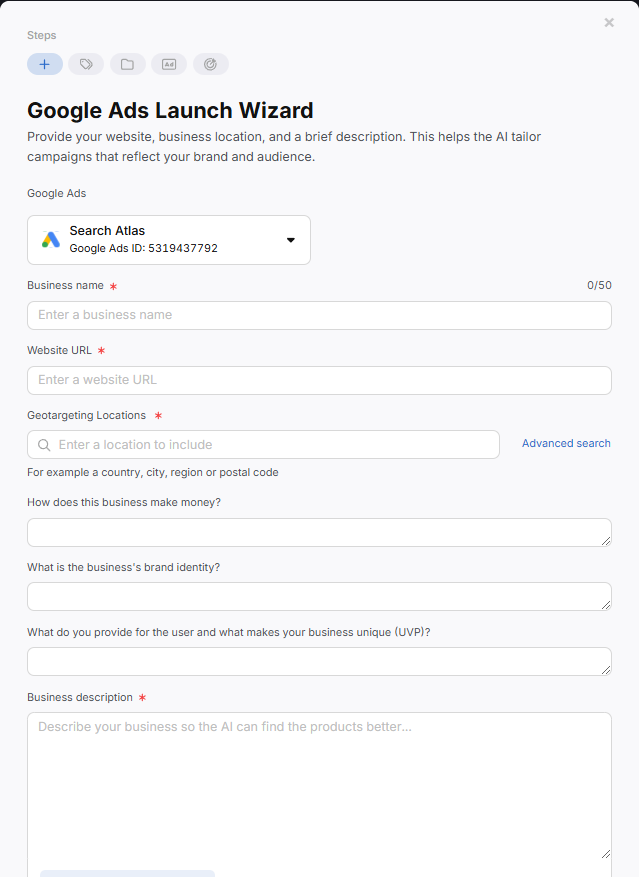
OTTO Google Ads uses AI to analyze your website, content, and business details, then builds optimized campaigns for you.
But you stay in control. Just review the ad variations, pick the ones you like, and launch in a few clicks!
Target the Best Keywords: Get More Conversions for Less
OTTO finds the keywords that actually work: high-converting, low-cost, and right for your audience. No more wasting money on ineffective terms.
It also spots negative keywords for you, so you don’t burn your budget on irrelevant clicks.
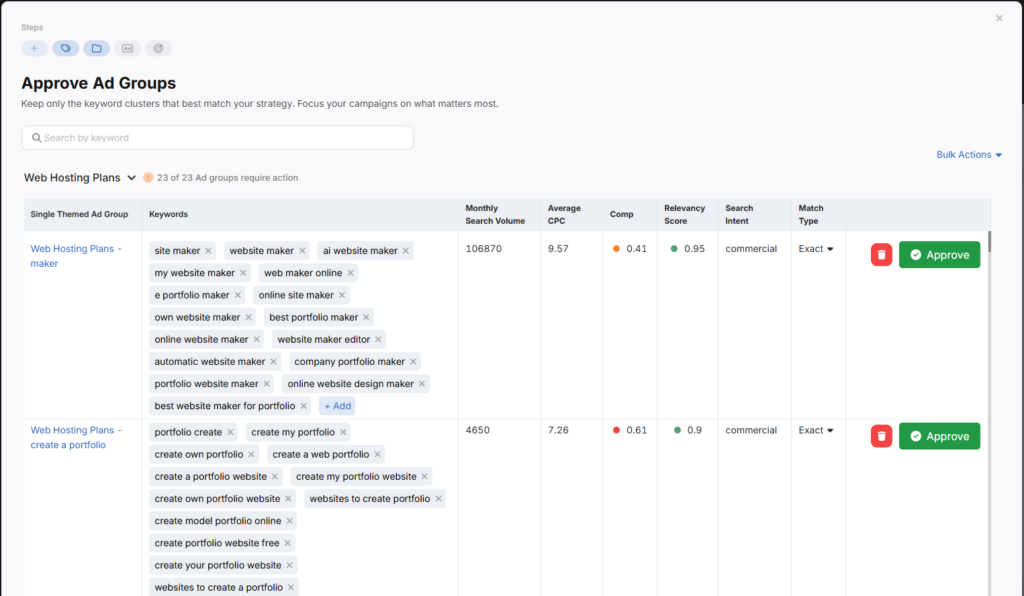
Automated Ad Copy: Increase CTR and Lower CPC
OTTO writes high-performing ads for you, using real-time data to match what your audience is looking for. That means higher CTRs, better Quality Scores, and lower CPC. More clicks, less spend, and barely any time spent setting up your campaigns!
And finally, OTTO Google Ads is part of a powerful all-in-one platform that brings SEO, PPC, content, and digital PR together. With everything in one place, you get a complete view of your marketing performance.
No more jumping between tools!
Try Bidding Created for Your Success First
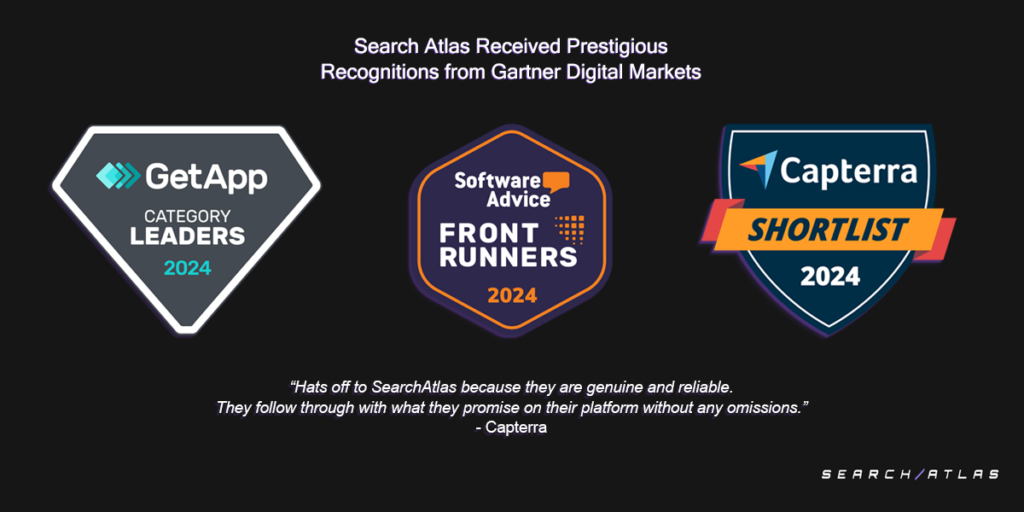
Smart Bidding can automate bid adjustments to drive better results with less effort. However, it’s important to understand it fully and explore all your options before spending money on a new campaign.
Maximize your budget by making sure it’s spent in the smartest, most efficient way possible! Try OTTO Google Ads with a free, 7-day trial, with no commitment.


